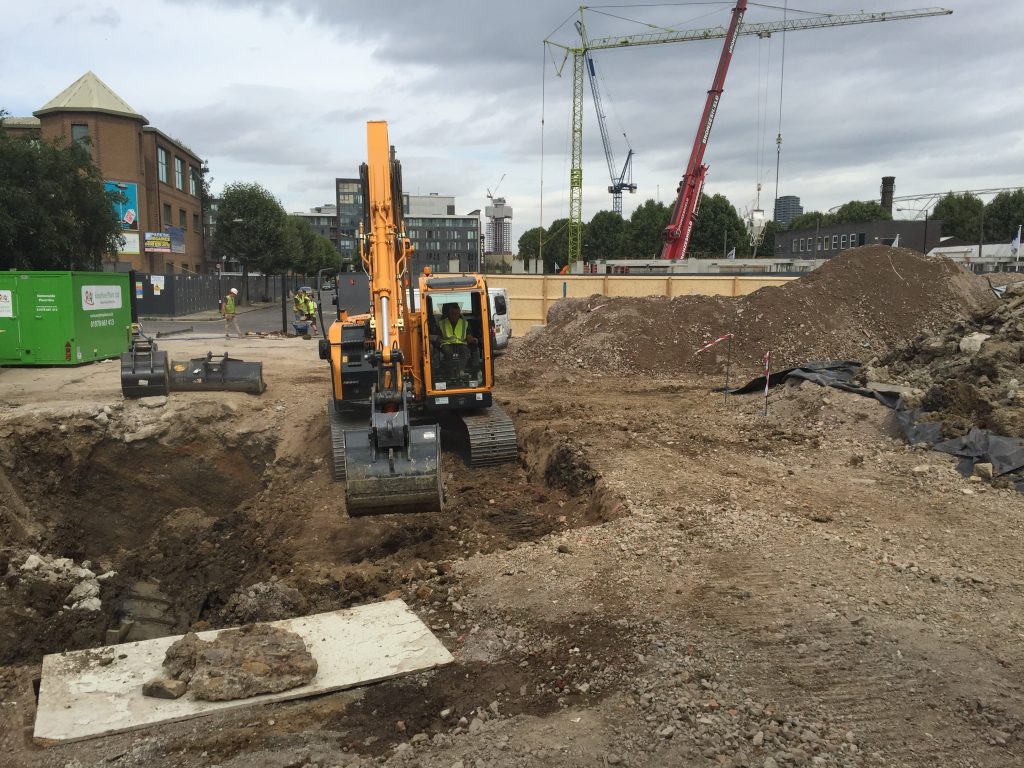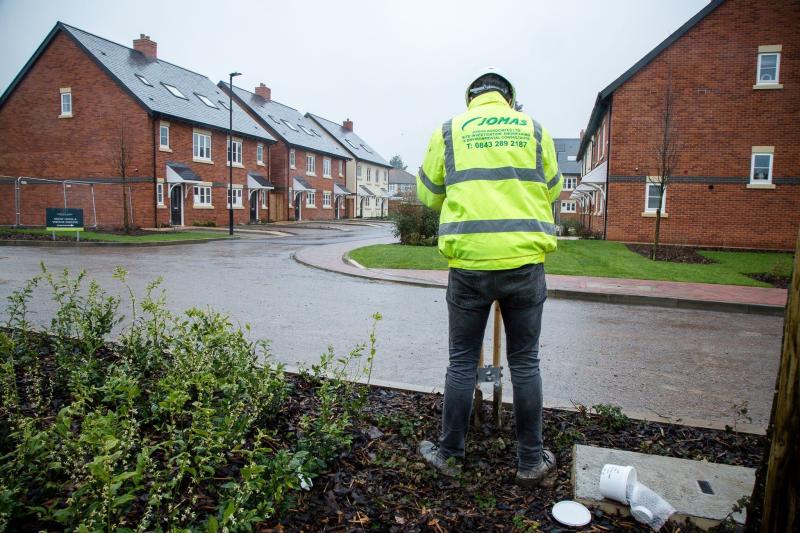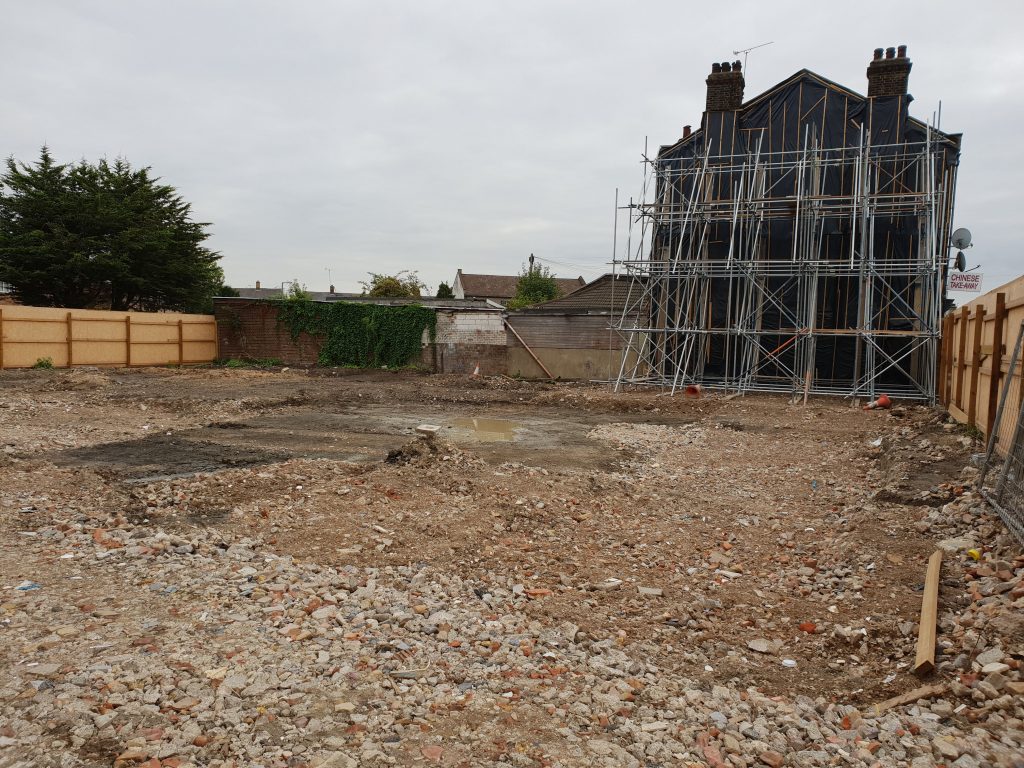In the UK a ‘brownfield’ site is defined as ‘an area of land or premises that has been previously used, but has subsequently become vacant, derelict or contaminated’. The term is derived from its opposite ‘greenfield’ land which is undeveloped land.
Most of these sites sit idle and neglected and are often eyesores within their local communities. A report in late 2020 by the CPRE countryside charity estimated that we in the UK have enough brownfield land to accommodate a further 1.3 million new homes. On top of this, a third of these plots (half a million) already have planning permission in place.
There are some real advantages to repurposing Brownfield land;
1. Cost saving – There is an opportunity to value engineer solutions for brownfield land development, which can result in cost savings. From a Land Contamination perspective, it is important to understand that Land Contamination does not equate to ‘Contaminated Land’, and costly remediation may not always be necessary, where a plausible pollutant linkage does not exist.
Land Remediation Relief is an enhanced corporation tax relief of 150% for qualifying expenditure on cleaning up contamination in land or buildings. The relief is available to all U.K. companies, as well as non-resident landlords (as of 6th April 2020), for both capital and revenue expenditure. The relief applies to residential and commercial properties and can generate significant savings on development projects involving contaminated or derelict sites for property owners, investors and developers.
2. Environmental sustainability – Sustainability can be defined as meeting the needs of the present without compromising the ability of future generations to meet their own needs. It is far more sustainable and responsible to reuse land that has previously been developed than seeking to build on undeveloped land.
The reclamation and reuse of brownfield sites is a core component of the UK Sustainable Development Strategy which integrates a wide range of economic, social and environmental objectives. Many brownfield and abandoned sites are situated in prime or urban areas, they have existing nearby infrastructure like road networks, and electricity networks and amenities etc. This lessens the need for even further land development (although some may need updating). Each development like this prevents sprawl into open space and greenfield land, preserving acres of undeveloped space.
3. Social and economic revitalisation – Land recycling provides opportunities for urban renewal and the ability to build and grow truly liveable communities.
Brownfield redevelopment does not only clean up environmental hazards and eyesores but also acts as a catalyst for community regeneration, particularly when communities are brought into the consultation process of site identification and restoration. When managed effectively depending on the size or scale of the redevelopment, brownfield sites can provide affordable housing, create opportunities for employment, promote conservation and wildlife, and offer a shared place for play and enjoyment.
Also, a lot of the time these sites are closer to the central business district, which is a bonus for shopping and job opportunities for a larger percentage of the population already local.

4. Impacts climate change – The recycling of land actually cuts greenhouse gas emissions as you are encouraging compact growth and, in many cases reducing vehicle dependence from the future users of the site.
Redevelopment of a site within an existing urban core area reduces commuting distances as it provides residential, commercial or other amenities within close proximity of a neighbourhood. This has a definite impact on the loss of countryside and green space on our shores.
5. It can often be easier to gain planning permission as councils are keen to reuse the brownfield sites – The current government continues to insist that building more housing on greenbelt land is unnecessary. Building on brownfield land is, therefore, central to tackling the housing crisis that we find ourselves in.
This doesn’t mean that the process is completely easy, the planning authorities still have their rules and regulations that you need to follow in order to gain planning permission to build new homes on a brownfield site. However, this road is very well-traveled so communications should be straightforward.
It is worth knowing that when dealing with the Local Planning Authority they will always take into account any contamination that exists at the site already which will need to be dealt with following proper procedures.
Jomas Associates Ltd is an award-winning company of Environmental and Engineering Specialists able to carry out land contamination assessments anywhere in the UK. We specialise in working with developers to get them through the planning permission process and offer responsive, yet pragmatic advice and solutions during this critical period. We’d be happy to assist you if you are currently or soon to be going through this process. Please contact us at info@jomasassociates.com or 08009552187.


